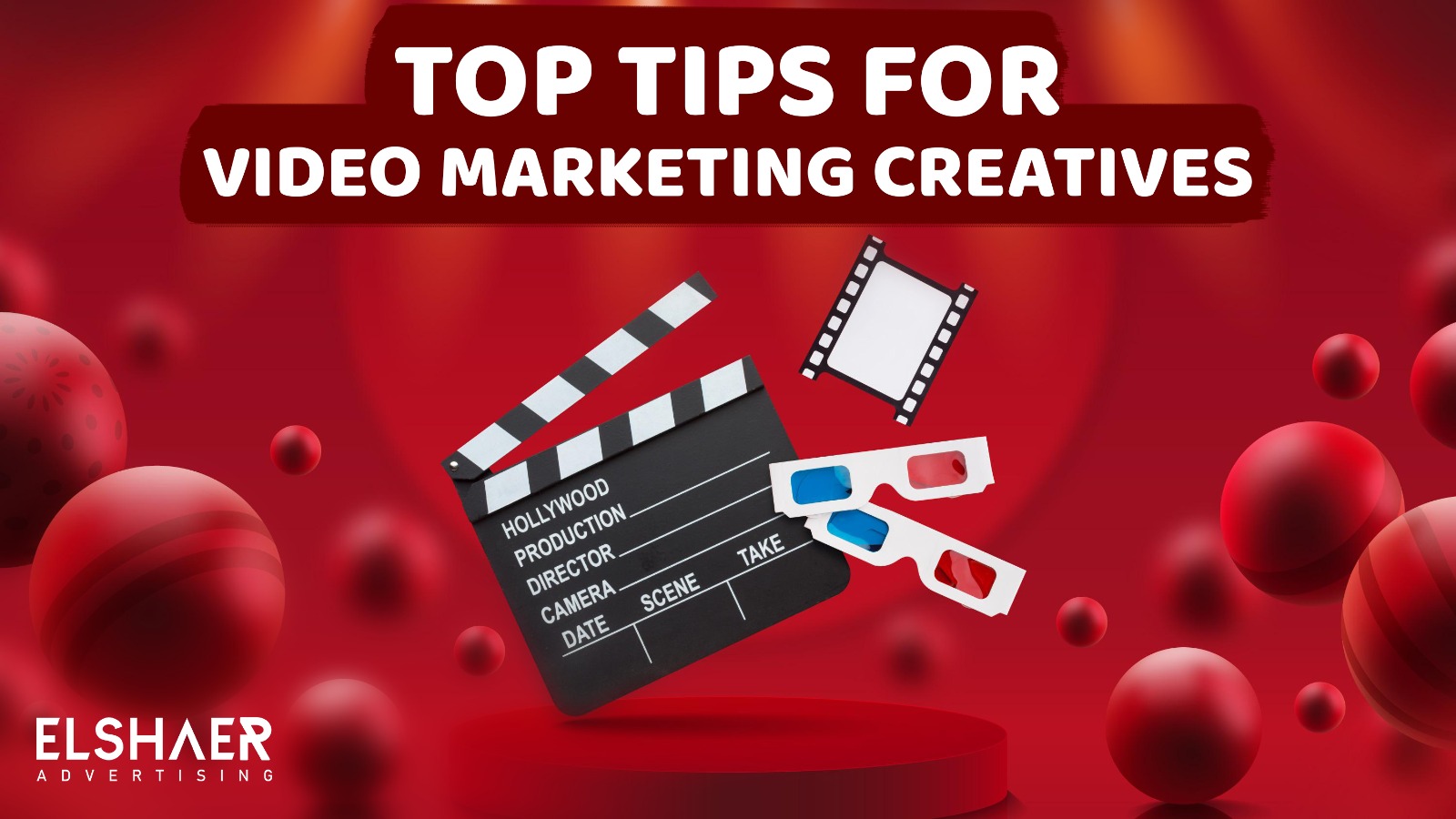



Welcome to the world of video marketing creatives, where imagination meets strategy to captivate audiences and drive business success! In today’s digital age, video has become a powerful tool for businesses to connect with their target audience in a dynamic and engaging way. Whether it’s a captivating advertisement, an informative tutorial, or a compelling brand story, video marketing creatives have the ability to leave a lasting impression and foster meaningful connections with customers.
To kickstart your video creation journey, meticulous planning is paramount. Begin by outlining your objectives and the core messages you wish to convey. Identify the key visuals that will help drive your message home.
During the pre-production phase, devote ample time to scriptwriting, storyboarding, and casting. Craft a compelling script that resonates with your audience and creates a clear narrative structure. Storyboarding helps visualize scenes and transitions, ensuring seamless storytelling. Additionally, casting the right talent ensures your video connects with viewers on a deeper level.
Pay close attention to production details like equipment selection, filming techniques, and lighting. Opt for high-quality equipment within your budget and leverage filming techniques that best suit your content. Proper lighting is crucial for achieving a polished look, so ensure your setup illuminates the scene effectively.
In the post-production phase, fine-tune your videos with meticulous editing. Add compelling graphics, sound effects, and other elements to enhance the overall quality and impact. Seamless editing and attention to detail can transform your raw footage into a polished masterpiece.

Understand who you’re making videos for—their age, gender, where they live, and what they like.
Know what you want to achieve with your videos, like getting more people to visit your website or buy your product.
Put your videos where your audience spends time, like on YouTube or Facebook.
Make sure your videos reflect what your brand stands for and feel like part of your overall message.
Keep viewers interested by telling stories that connect with them emotionally, like success stories or product demos.
Use words people search for in your video titles and descriptions to help them show up in search results.
Make videos regularly and stick to a schedule so your audience knows when to expect them.
Know Your Audience: Understand what your business customers need and like. Make videos that help them solve problems or learn something new.
Show Expertise: Share your knowledge and skills in your industry. Use case studies, testimonials, and product demos to prove your value.
Use the Right Platforms: Share your videos on professional networks like LinkedIn. That’s where your B2B audience is more likely to see and engage with them.
Stir Emotions: Make videos that make people feel something. Tell stories or show how your product can make their lives better.
Capture Attention Quickly: People have short attention spans. Make sure your video grabs their interest right away.
Get Personal: Use storytelling and real-life experiences that your customers can relate to.
Influencers and User Content: Consider working with popular people or using content created by your customers to make your videos more authentic and reach more people.


To make sure your videos are doing well and people like them, you need to keep an eye on a few important things.
First, look at engagement stuff like views, likes, comments, and shares. This tells you how much people are interacting with your videos and if they’re hitting the mark with your audience.
Then, check the reach metrics. This shows how many people are seeing your videos and how far they’re spreading.
Lastly, pay attention to conversion metrics, like how many people are clicking on your videos and actually doing what you want them to do afterward.
By looking at these numbers, you can see what’s working and what needs tweaking in your video strategy. This helps you make better videos and get more out of your marketing efforts.
In short, using videos to market stuff online is super important nowadays. You’ve got to know what your audience likes, set clear goals, and make sure your videos match your brand’s message.
If you follow these ways to make videos and use the right tools, you can make really good videos that people will love and remember.